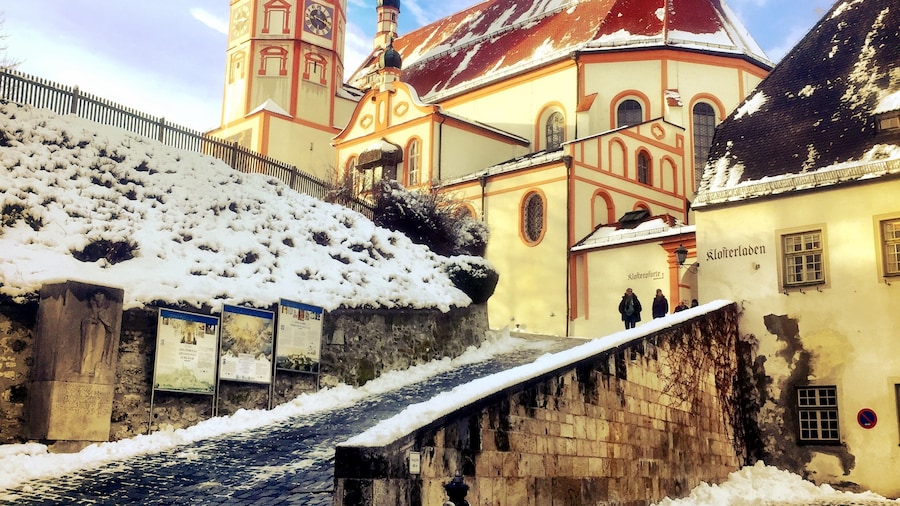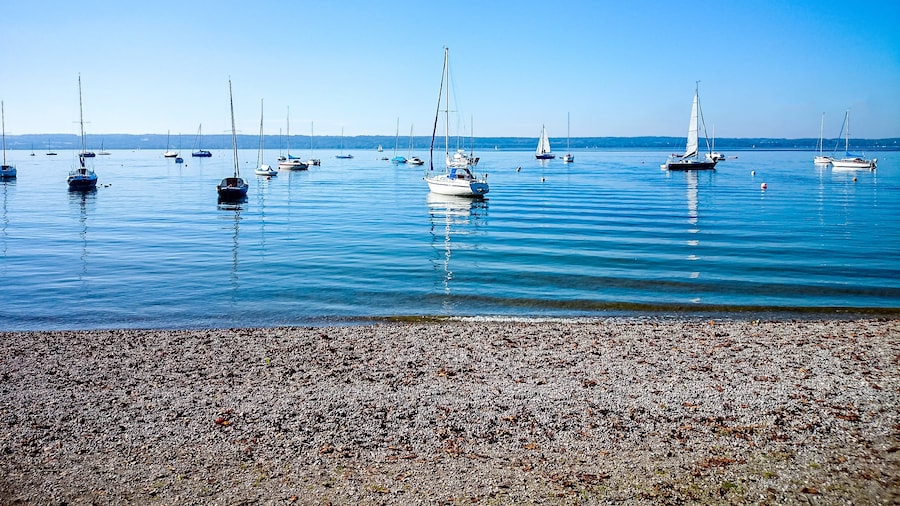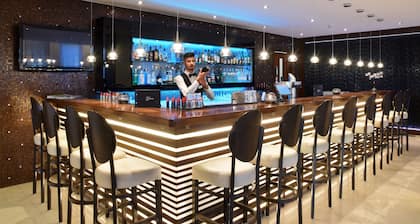Rose Island, or Roseninsel in German, is a small island close to Feldafing in South West Germany. Learn about the island’s royal and medieval history and see its namesake flowers in summer.
Archeological finds suggest that this nearly 6-acre (2.5-hectare) island in Lake Starnberg (Starnberger See) may have been settled as early as 3700 BC. Most artifacts have been moved to nearby museums but you can still find the ruins and foundations of a medieval Romanesque stone church on the island.
King Maximilian II of Bavaria, who was a keen collector of historical finds, purchased the island from a local fishing family in 1850. The much-loved “King Max” died 14 years later and his successor, his son Ludwig II, brought his high-profile guests here.
You can visit the island with a local guide, which includes a tour of Maximilian II’s summer villa. You’ll be walking in the footsteps of world-famous people such as the composer Richard Wagner and “Sisi,” the Empress Elisabeth of Austria, among the more famous guests of the Bavarian King.
The charming residence, named “Casino,” is a mix of Alpine and Roman styles. The wood-paneled salon is now used for wedding ceremonies, but other rooms have been furnished with period desks, beds and tables.
After your tour, stroll around the garden with its striking glass column topped by a golden statue. The circular rose bed, designed by Peter Joseph Lenné, had all but vanished, but was recovered and replanted in 1998.
The island and villa are open daily, except on Mondays, from May to mid October. Note that on Thursdays, Fridays and Saturdays the island is often used for civil services in the mornings and therefore closed to the general public.
The municipality of Feldafing, just southwest of Munich, has reserved a small car park for visitors to Roseninsel. From there, you can walk to the bell tower (Glockensteg) in about 15-20 minutes, then pay for the short ferry ride to the island.















